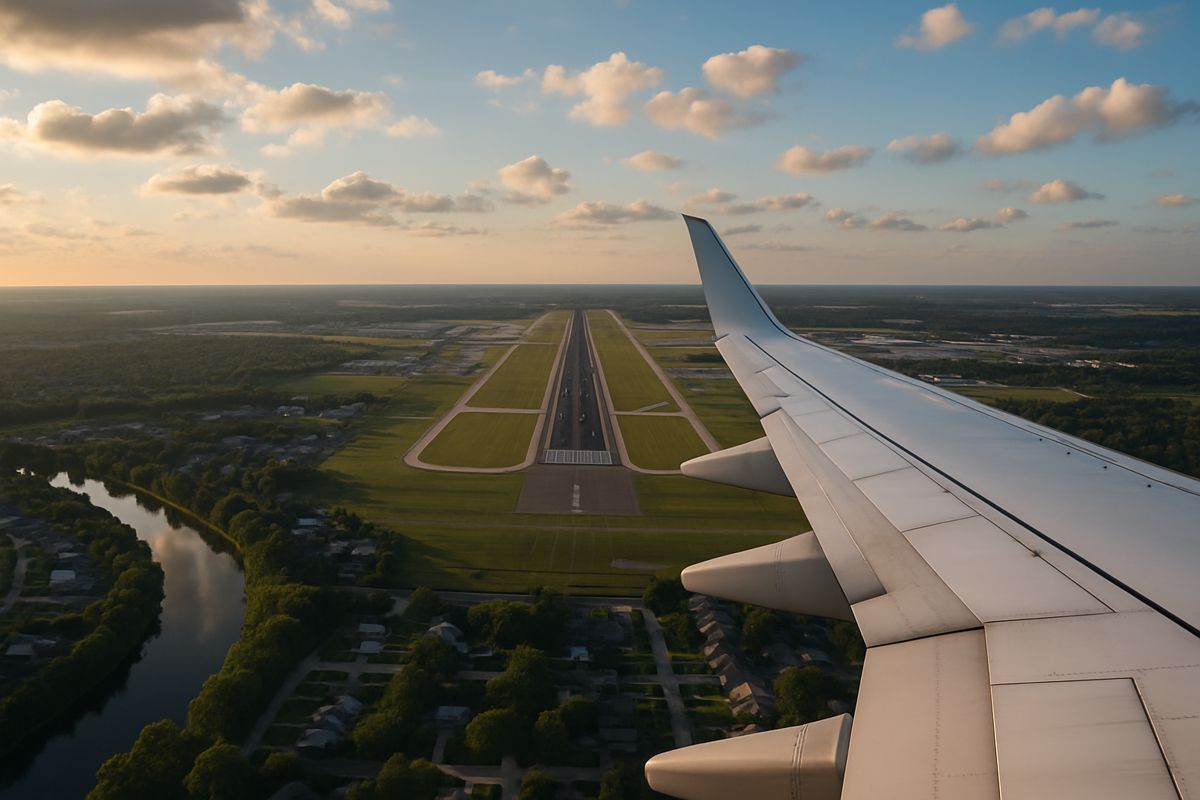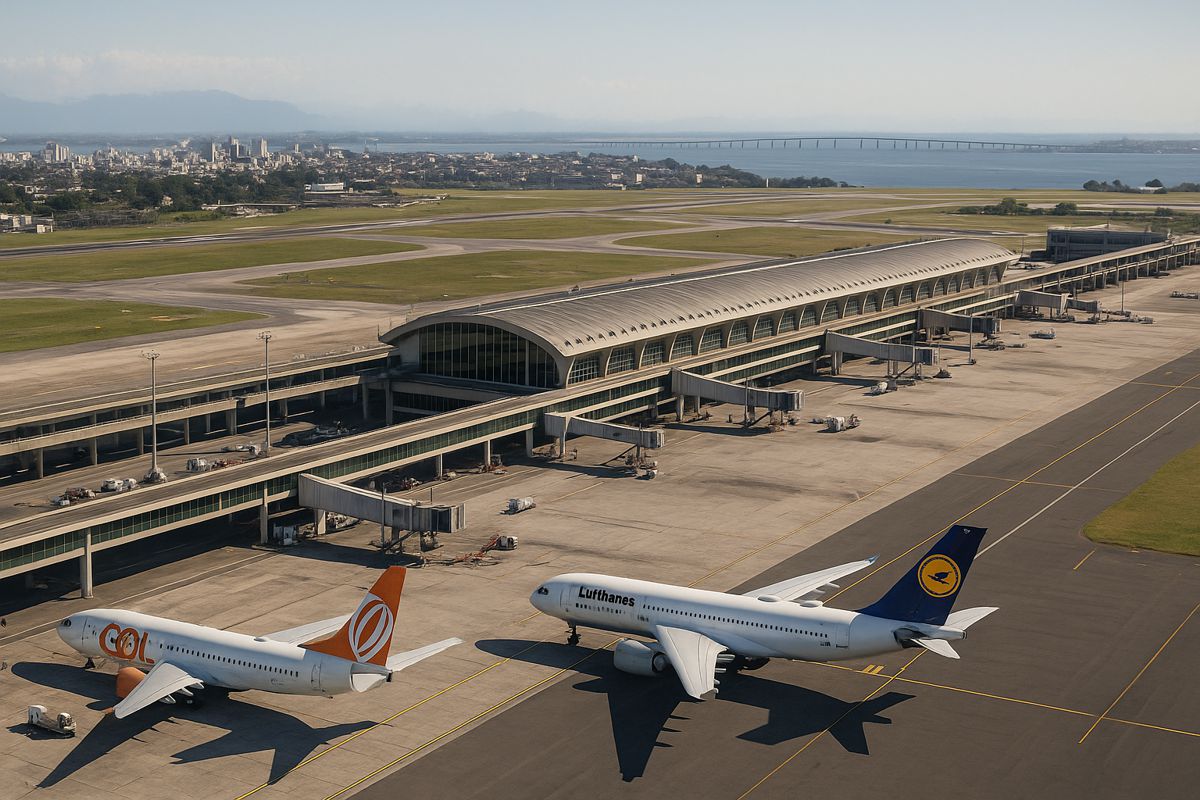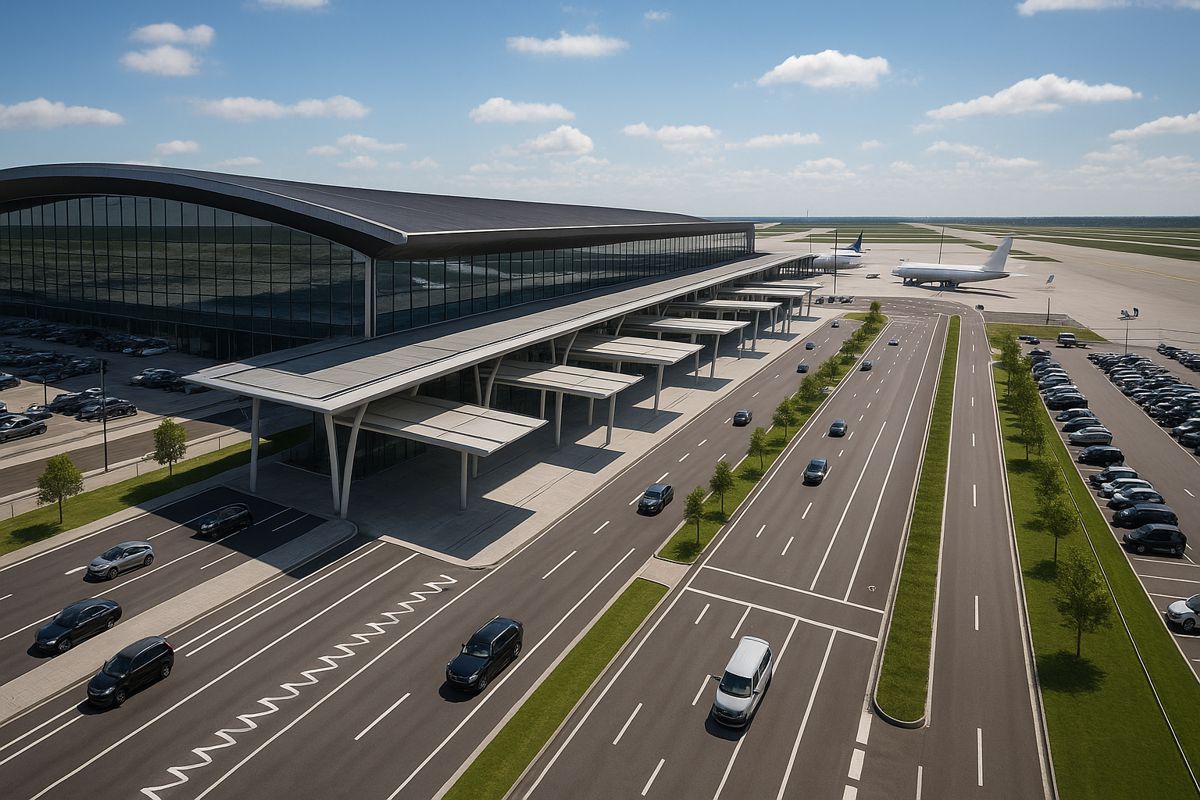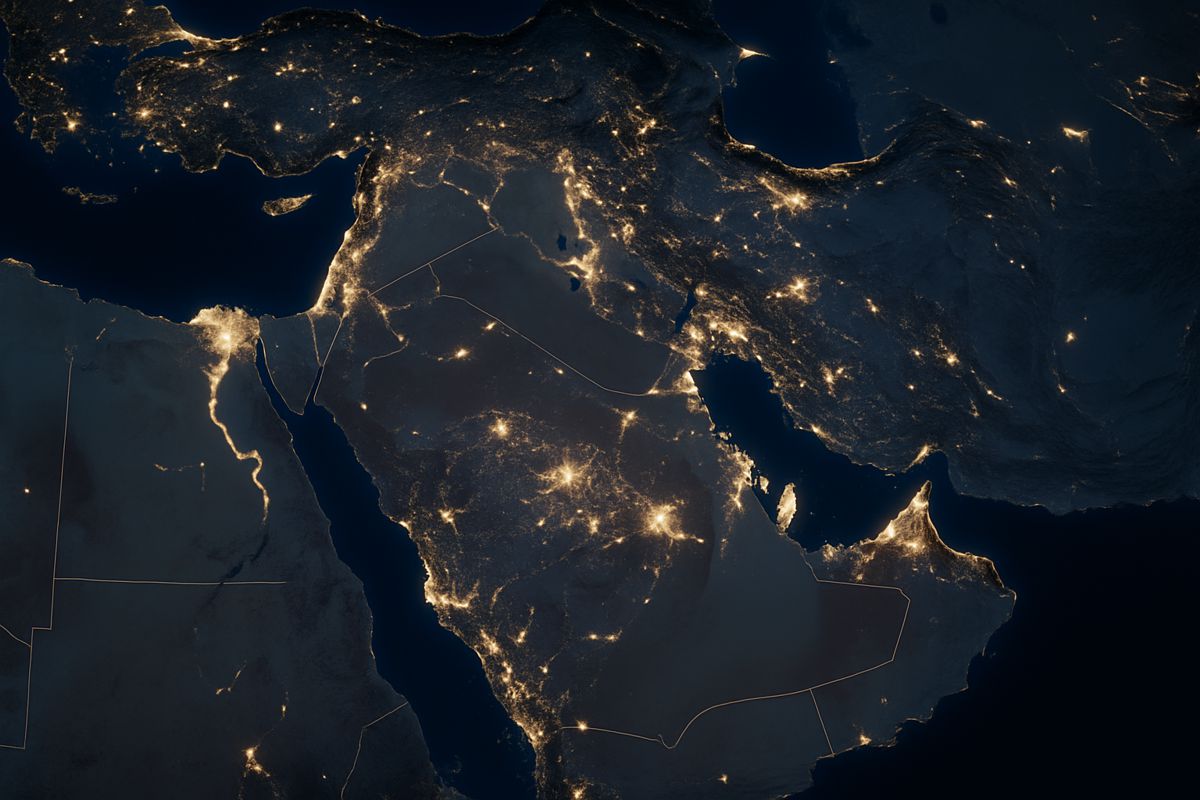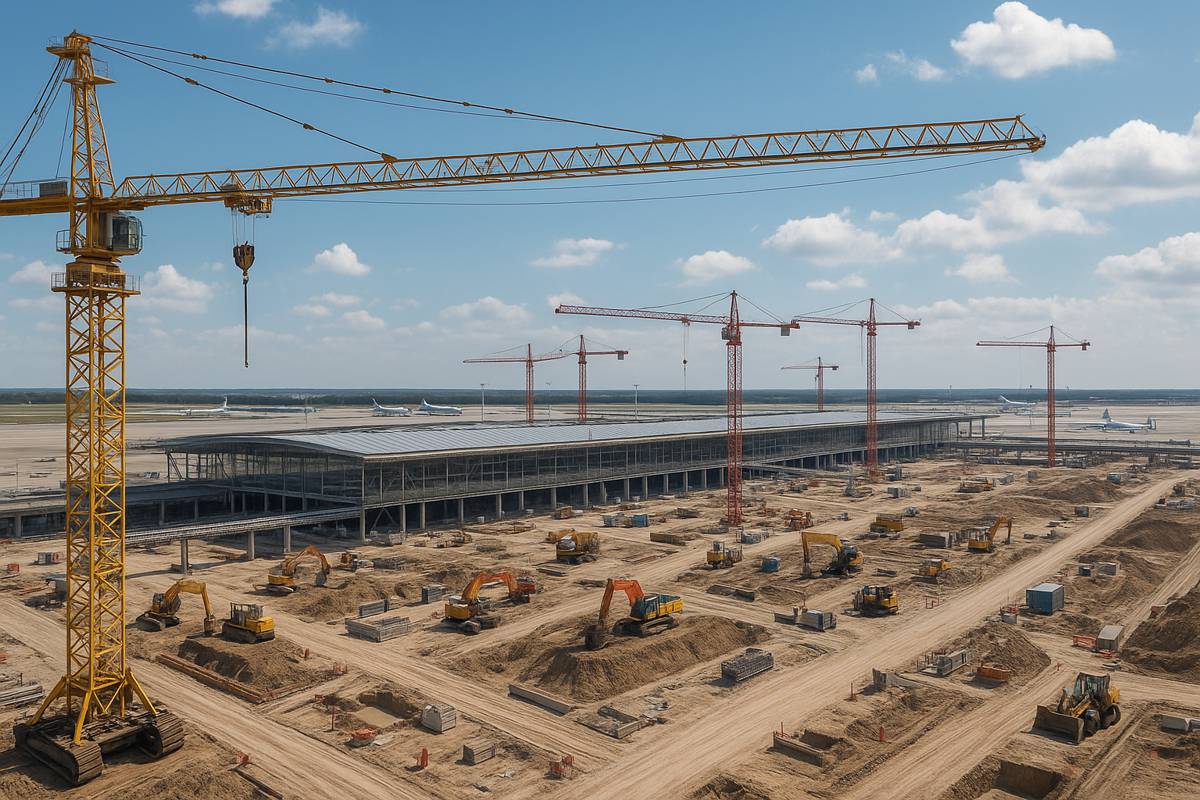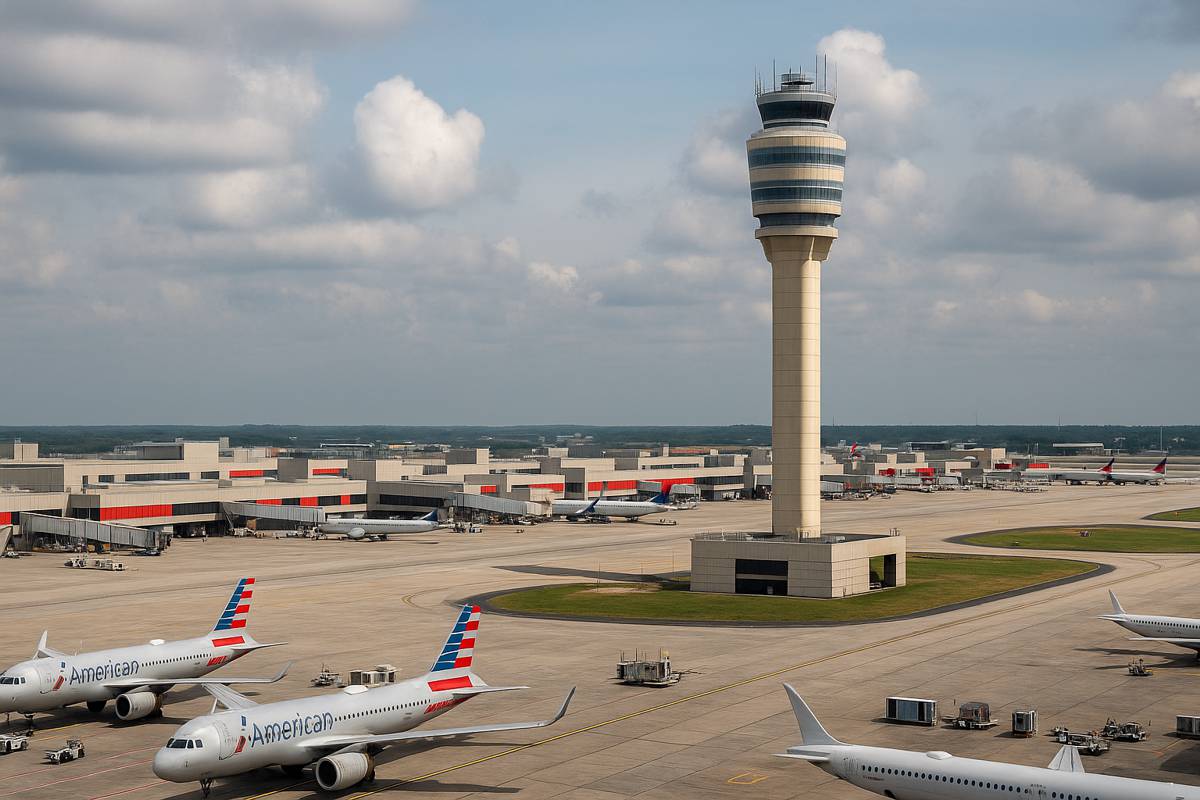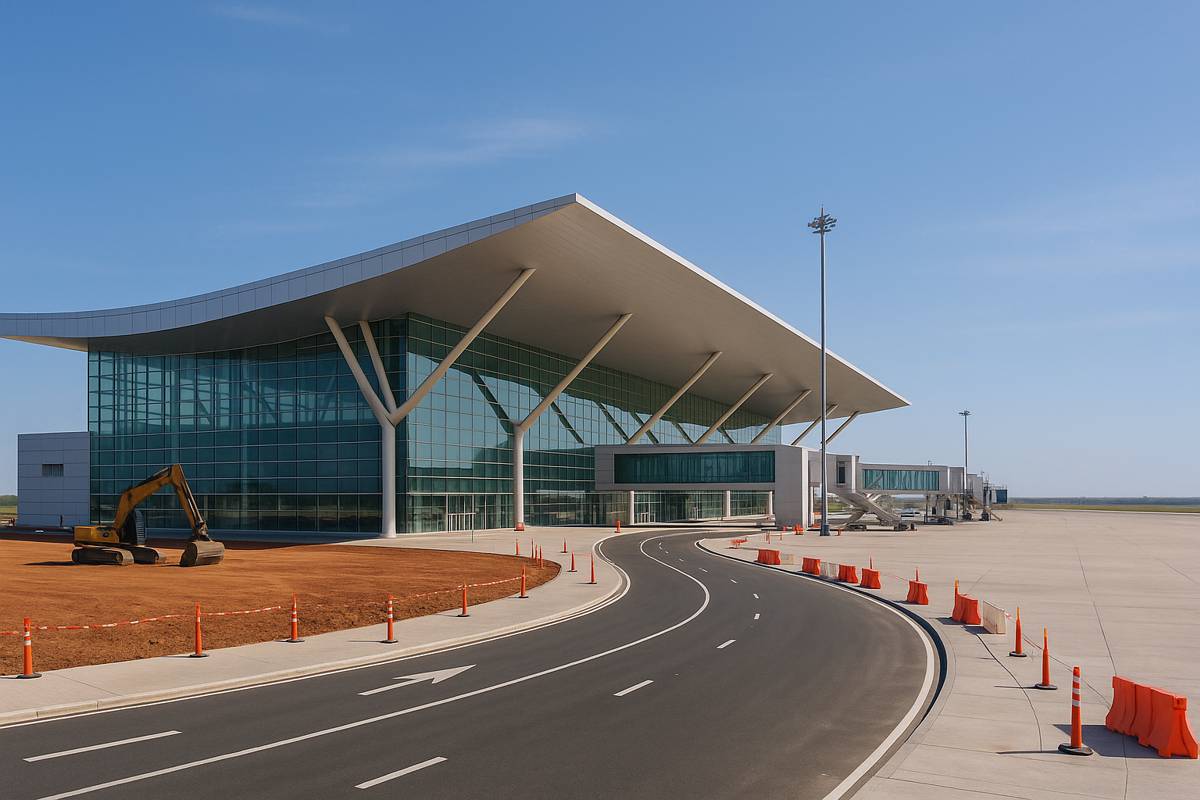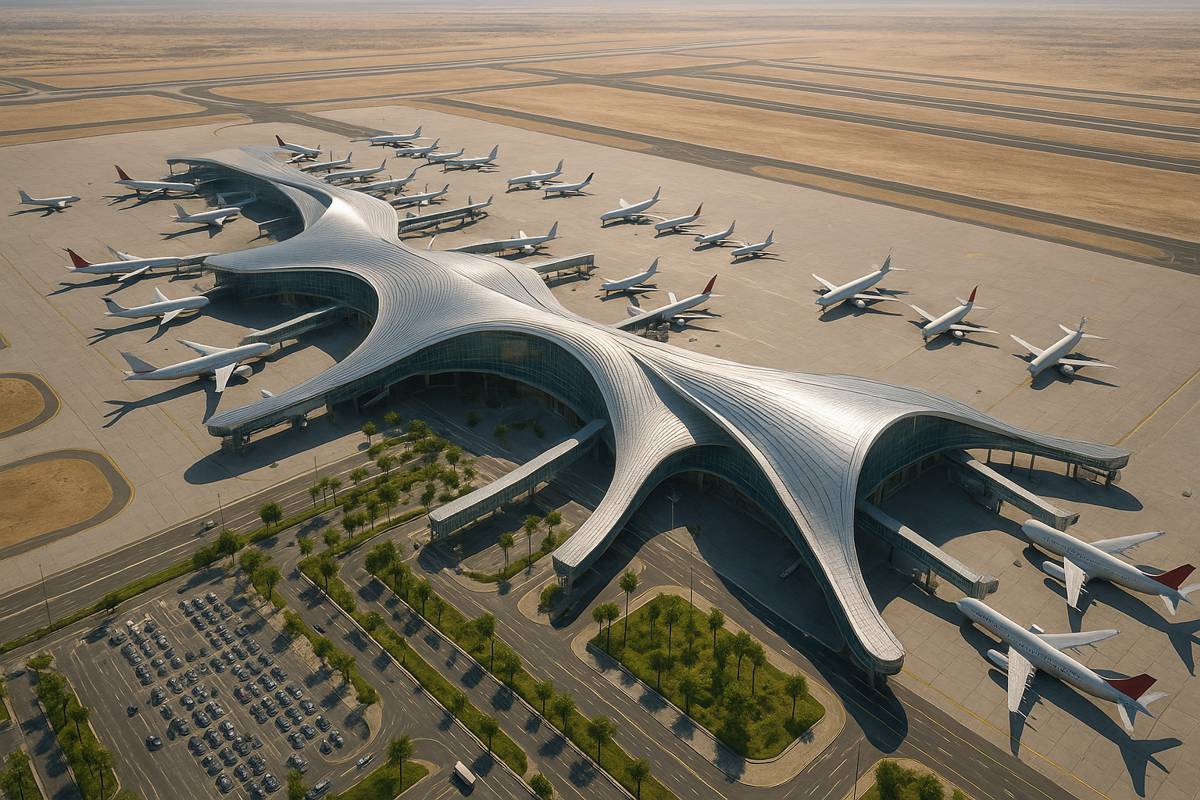US Air Force Engineers repair runway near Mosul in Iraq
Three months ago, four U.S. Air Force engineers with the 1st Expeditionary Civil Engineer Group arrived in northern Iraq to conduct a reconnaissance mission for what would become a historic undertaking. Their mission: mitigate runway damage caused by the Islamic State of Iraq and the Levant. The engineers were informed their task had never been attempted in Iraq.
The 1st ECEG took the mission anyway, and when the tell-tale cadence of the four turboprop engines grew louder and louder the evening of Oct. 21, they knew their hard work had paid off. Over the last two years, ISIL severely damaged the runway at Qayyarah West Airbase – a major strategic airfield in northern Iraq’s Ninawa province. ISIL detonated explosives, used an excavator with a hammer attachment, and creating deep trenches to damage the runway in several different ways.
Logisticians deployed in support of the Combined Joint Forces Land Component Command – Operation Inherent Resolve are currently enabling Iraqi security forces (ISF) as they push to retake Mosul. To expeditiously move larger amounts of supplies to the ISF, they need larger, fixed-wing aircraft and a proper runway to get the job done.
In order for a C-130 cargo plane to land, it requires a runway that spans over 33 football fields end to end.
Maj. Jason Stevens, the 1st ECEG officer in charge of the project, detailed the project during its outset. “We’ll be on the ground for about three weeks to fix the damage,” Stevens said. “It’s been a long time in the planning process. The guys are doing amazing work. They are making excellent progress. We are on schedule and we are moving forward every day.”
During the planning process, the Airmen were trained on how to operate the newly fielded Rapid Airfield Damage Repair System and Super Kit to complete the mission. The kit consists of a comprehensive set of equipment necessary to quickly repair a damaged airstrip.
“The project was practiced and perfected in training, so when boots hit the dusty ground the mission would be in full swing,” said Staff Sgt. Tyler Charles, an engineer on the team. “We show up, clear the debris out, get all the junk and everything out of there,” Charles said. “Then we dig down, if we have to, until we hit hard surface ground.” The engineers had to systematically identify damaged areas of the airfield, cut those pieces of concrete out, and then start from scratch from the bare ground up. After that, there is earth tamping, concrete filling and curing – a process that takes about a day to complete.
Virginia Air National Guard Master Sgt. Reid Burns, the lead NCO of the team, realizes that his job is vital to the ISF on the front lines who need supplies to continue their push toward Mosul.
A project this large takes a team to complete. The total force concept is played out on the project, bringing together qualified Airmen from the ANG, the Air Force Reserve and active-duty components.
“It makes me really proud — especially the Guard, Reserve and active-duty guys coming together, pooling our resources,” Burns said.
As if the task at hand wasn’t already difficult, the mantra “the enemy always gets a vote” came into play. Airmen had to complete the demanding task under the persistent threat of indirect fire.
“Due to our location and the threat that is here, we are wearing our full kits and our helmets at all times,” Stevens said.
This may slow the process down a bit, but did little to discourage the Airmen who recognized the value of their mission.
Stevens enjoyed the process and watched his team thrive in the face of adversity.
“When boiled down, the Airmen completed their task a lot faster than ISIL was able to complete theirs,” he said.
It took two years for ISIL to damage the airfield beyond what they believed repairable. It took a small team of 1st ECEG engineers three weeks to make it fully operational. Now the coalition can quickly supply the ISF on the front lines of Mosul, enabling the defeat of ISIL.










